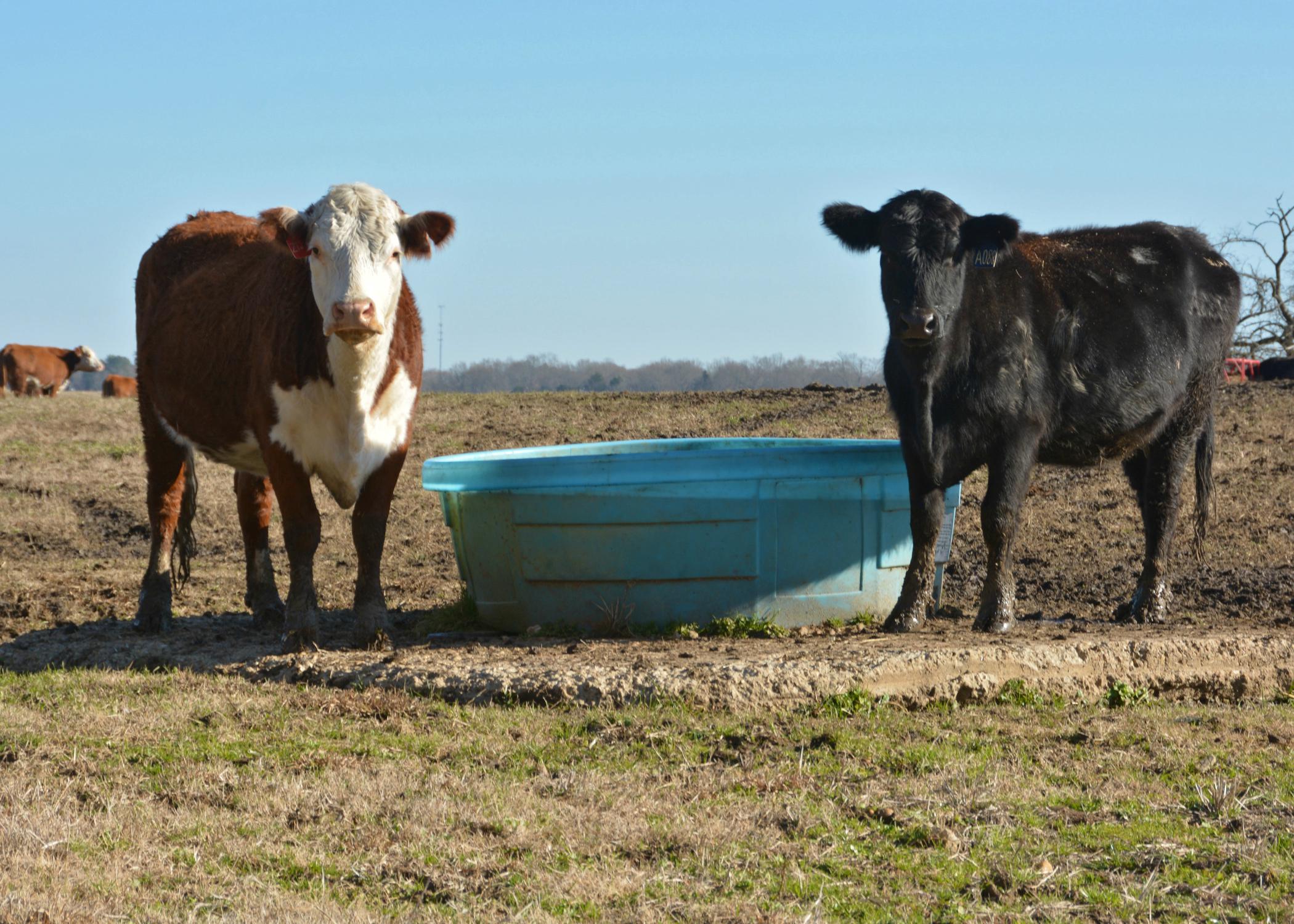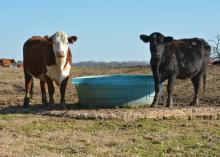Information Possibly Outdated
The information presented on this page was originally released on January 29, 2016. It may not be outdated, but please search our site for more current information. If you plan to quote or reference this information in a publication, please check with the Extension specialist or author before proceeding.
No records, but cattle markets offer promise
STARKVILLE, Miss. -- Beef cattle producers are not seeing the record high prices from a year ago, but strong export numbers are providing reasons to hope 2016 will be profitable.
“Per capita consumption is predicted to be higher in 2016, beef production is expected to be up, and, most importantly, exports are projected to be significantly better than in 2015,” said Brian Williams, agricultural economist with the Mississippi State University Extension Service.
Williams said record prices were driven by extremely tight cattle numbers, and cow-calf profits for 2014 and part of 2015 were at record high levels.
“When the July cattle inventory report came out, indicating that replacement heifer numbers were up 7 percent from the previous year, prices began to fall and continued down until mid-December,” he said.
Beef production for 2015 was the lowest since 1993, but the herd is rapidly expanding.
“Growth in the national beef herd and beef production will continue to pull cattle prices lower. Large supplies of competing proteins such as pork and poultry are expected to push prices further down,” he said. “However, price improvements are projected for steers early in the year before leveling out in the $130-to-$140-per-hundredweight range.”
Williams said the U.S. Department of Agriculture’s cattle inventory report, released Jan. 29, indicated total cattle numbers are up 3 percent from a year ago.
“What is perhaps more telling is that heifers that are expected to calve this year are up 6 percent, which tells me that producers have been aggressively trying to grow their herds,” he said. “That includes Mississippi’s beef producers with herd numbers up 6 percent, or 30,000 head, from last year. We also saw a 14 percent increase in the number of heifers retained over last year.”
Brandi Karisch, an Extension beef cattle specialist, said cattle producers are missing the strong prices from a year ago.
“Many producers are retaining heifers and hoping prices will improve soon,” she said. “Fortunately, we have plenty of hay, and it’s been a relatively mild winter. Calving season is upon us, so we need to keep a close eye on herds and manage muddy conditions in the rainy months ahead.”
Karisch said mud is always a winter challenge for Mississippi cattle producers.
“Rainy weather hits hard while grasses are dormant and cattle are congregating around feed and water troughs,” she said. “Mud compounds the discomfort from cold temperatures and can actually reduce weight gains.”
Karisch said research has shown that 4 to 8 inches of mud can reduce feed consumption by 15 percent. Severe conditions of 12 inches or more can reduce consumption by 30 percent.
“Clearly, controlling mud in a pasture can have economic benefits,” she said. “Even though mud cannot be eliminated during the winter months, producers can reduce the impact by constructing feeding pads and managing traffic in areas prone to holding water.”






